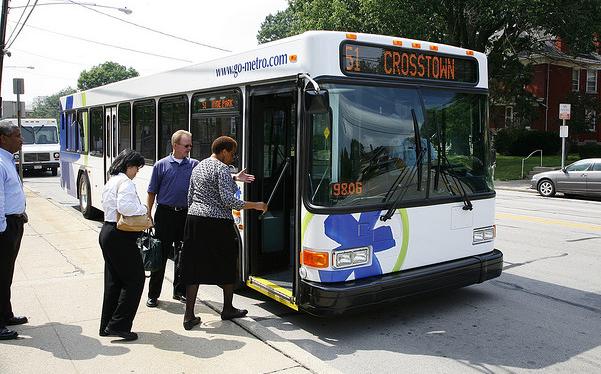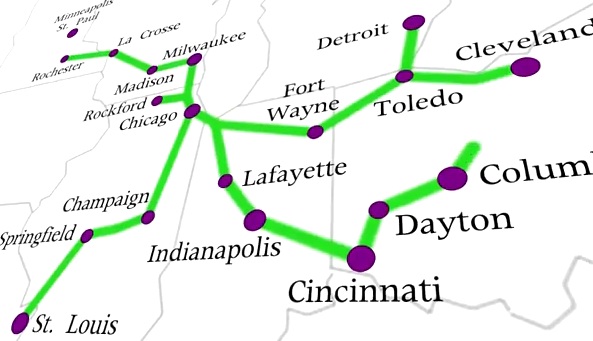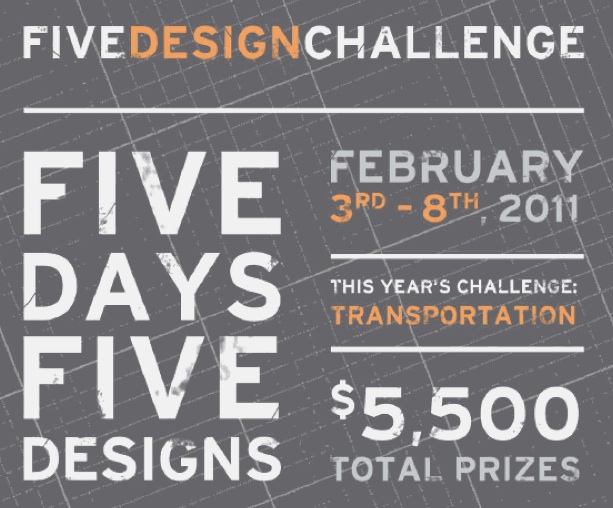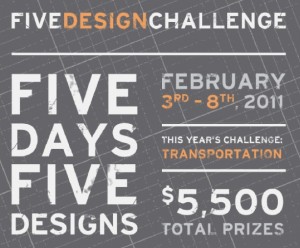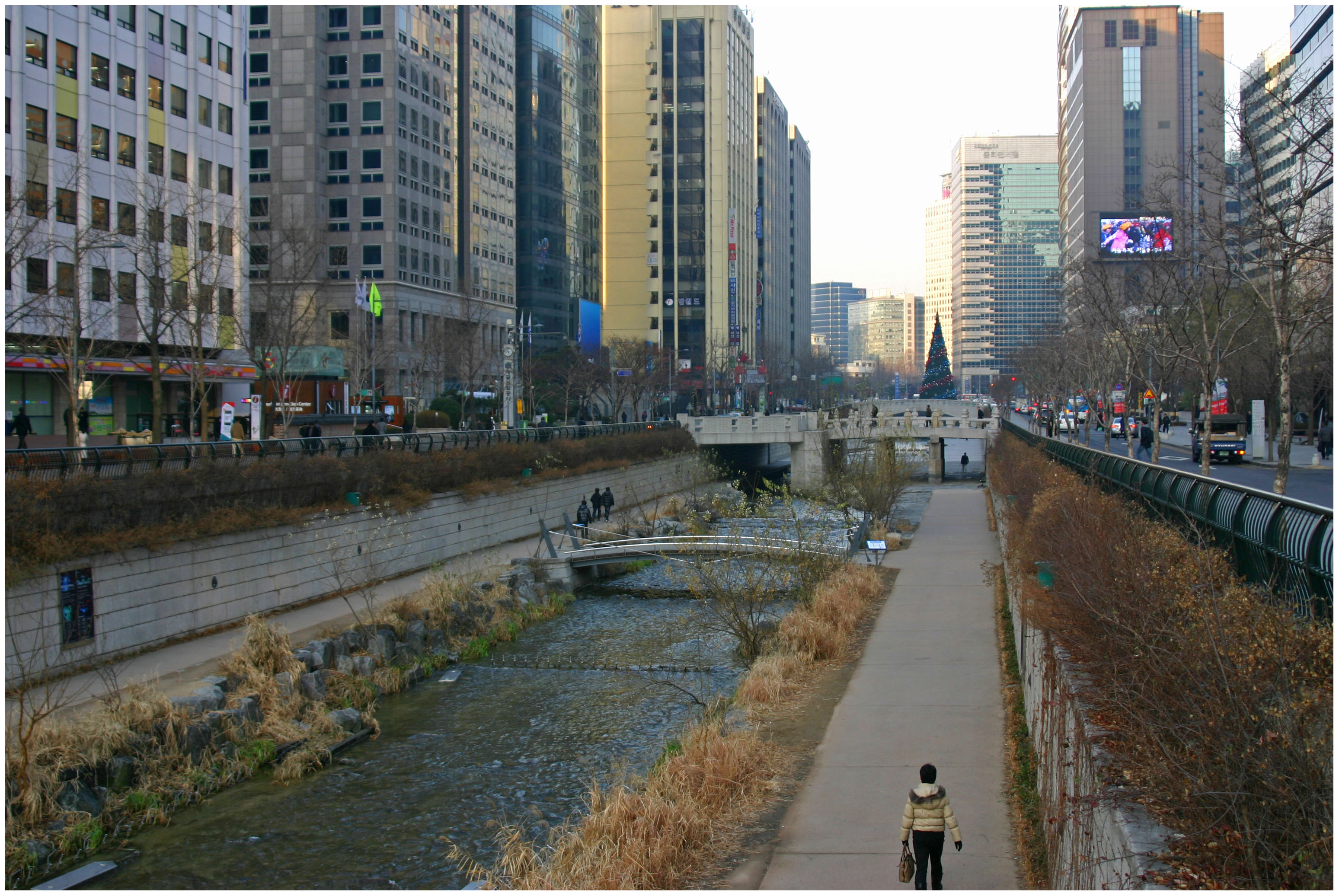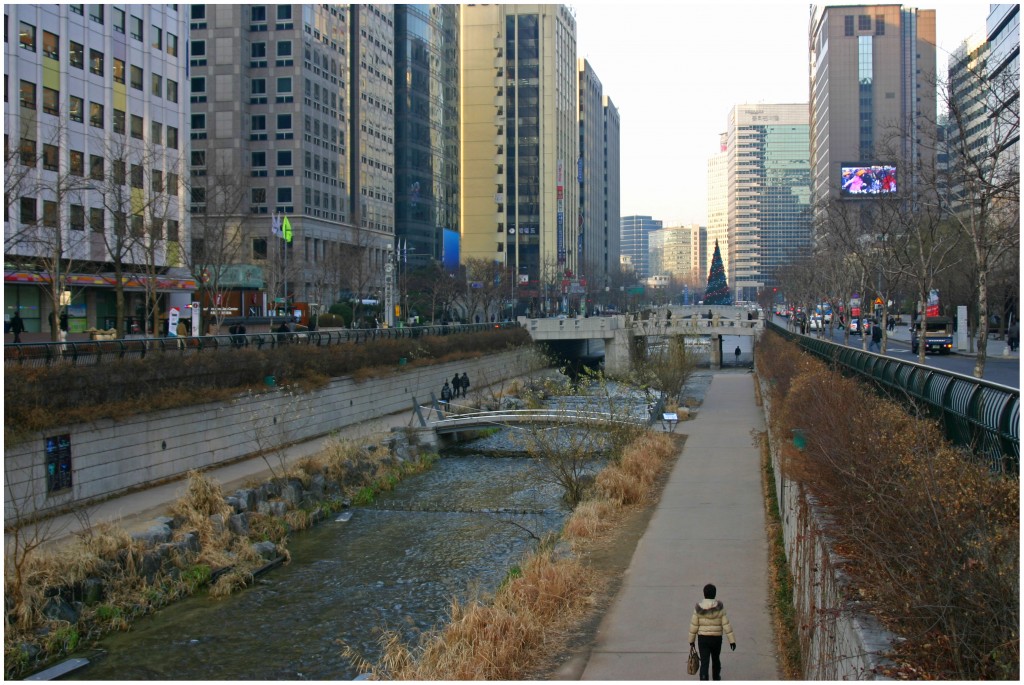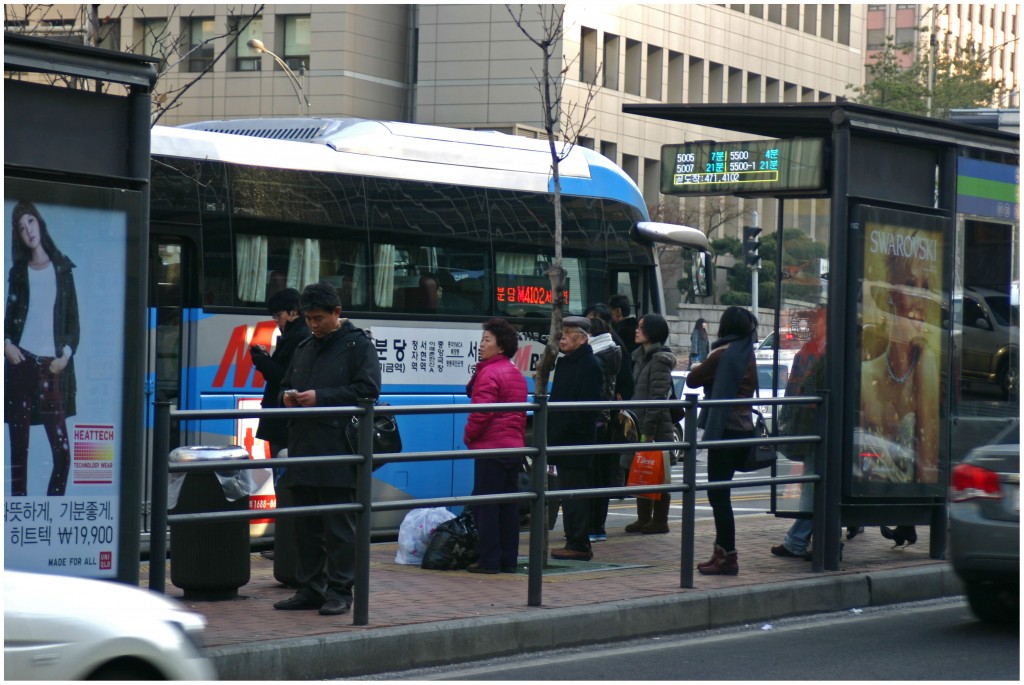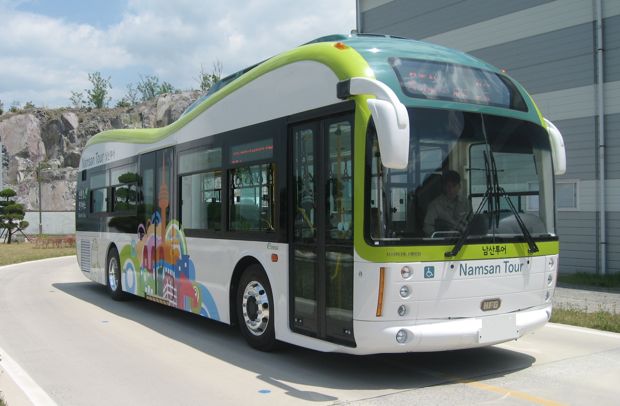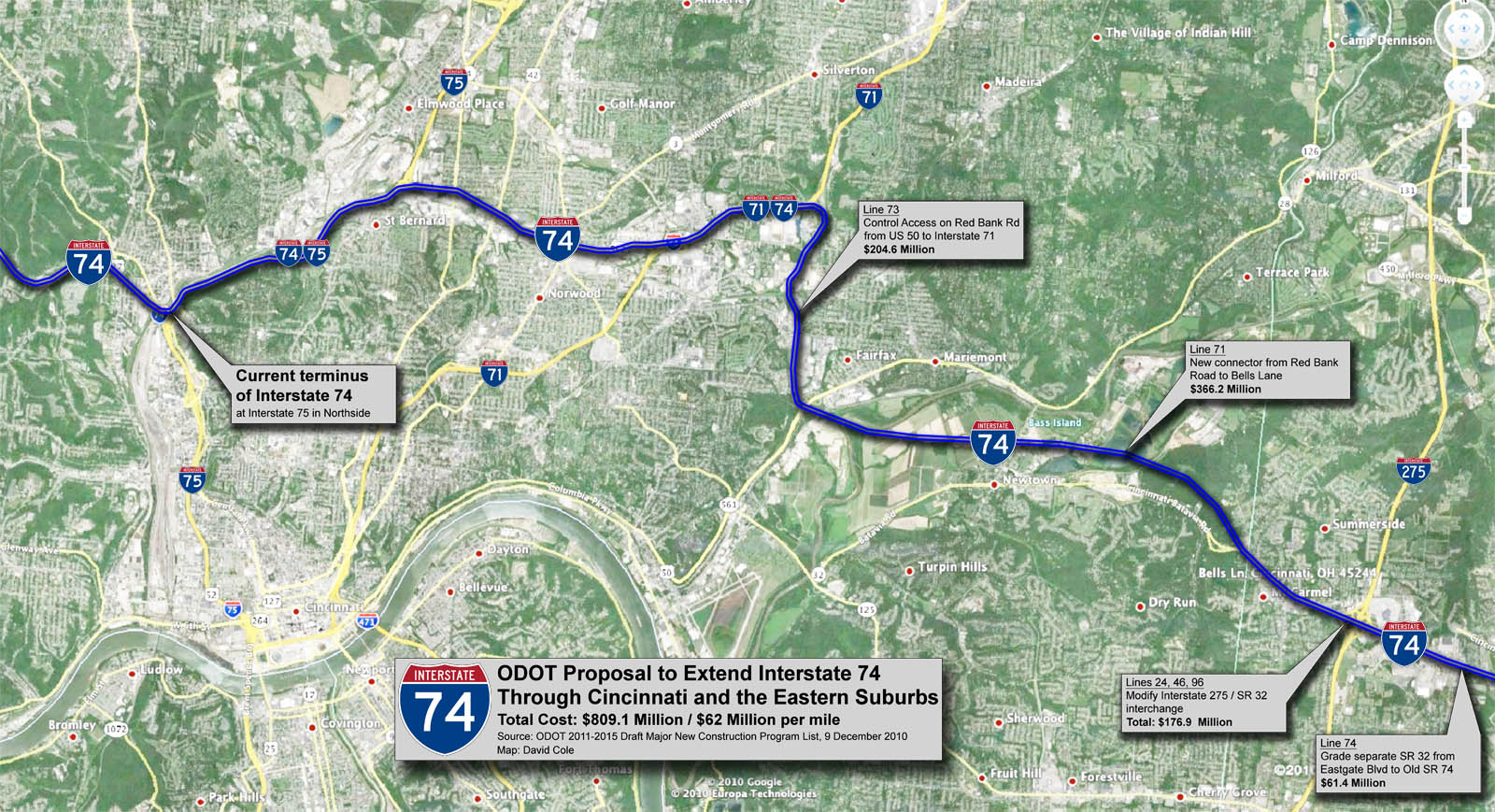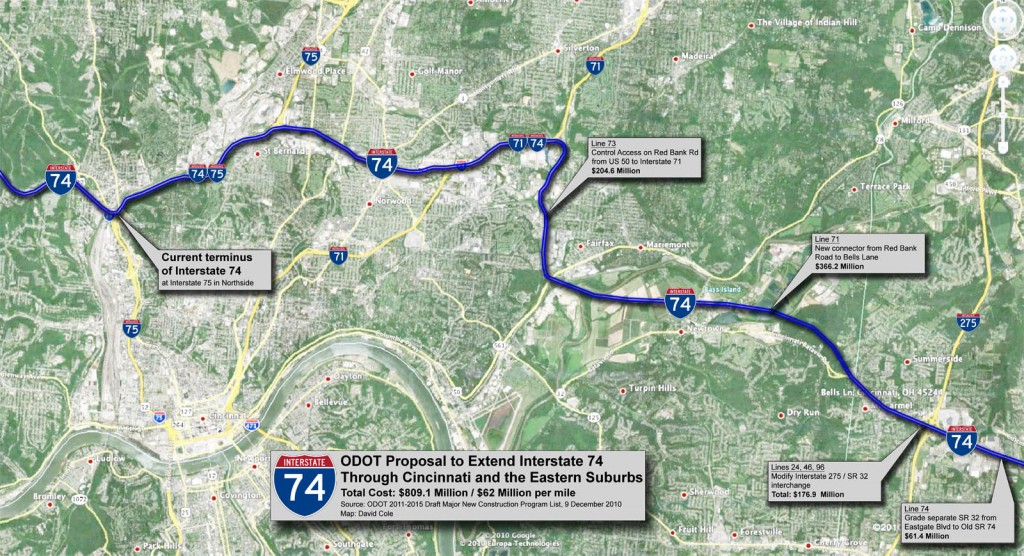A good map makes it easy to see what’s important. Highways don’t look the same as local roads on a good street map; similarly, major transit corridors shouldn’t look the same on a map as a bus that only runs twice a day. Cincinnati activist Nathan Wessel created a map that highlights the most valuable and convenient Metro bus corridors – the transit equivalent of major arterial streets – and separates them from inconvenient and specialized routes.
“These frequent routes are the backbone of Cincinnati’s transit infrastructure, and understanding them is vital to riding the bus without stress,” Wessel explained. “A good transit map not only needs to represent spatial relationships, but show where and WHEN transit exists.”
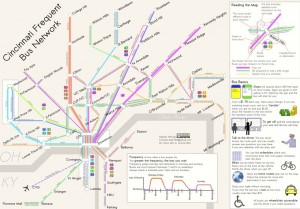 Click to enlarge (PDF)
Click to enlarge (PDF)
One of the biggest challenges of using transit in Cincinnati is understanding it. The new rider is presented with a complicated fare structure as well as a mess of schedules and maps so overwhelming and disjointed that many would-be riders give up. Metro is making strides towards streamlining the system, but in the interim, Wessel’s map makes understanding how the buses work a lot easier.
This map reduces the jumble to a legible system with an easily visible structure of primary, secondary, and tertiary routes that change clearly in both space and time. “The map is laid out so that people who are new to riding the bus can quickly and easily see which route they need to take, and how to do it,” Wessel said.
Long term, the goal is to have the map printed, distributed, and available potential transit riders. For example, the easy to understand transit map could be included in a welcome binder presented to incoming freshmen at UC, or handed to new out-of-town P&G employees looking for a place to live on a bus line. When printed, the map folds into an approximately 3-inch by 3-inch square with downtown routing information and some other important specifics on the back side.
Wessels is still looking to raise funds to make his idea a reality, as well as official acknowledgment from the the Southwest Ohio Regional Transit Authority, which operates Metro, and the Transit Authority of Northern Kentucky.
